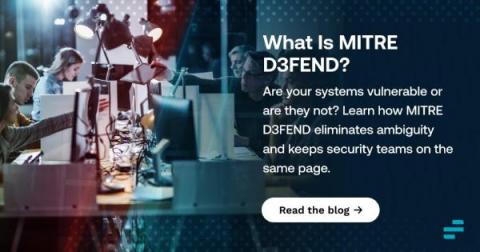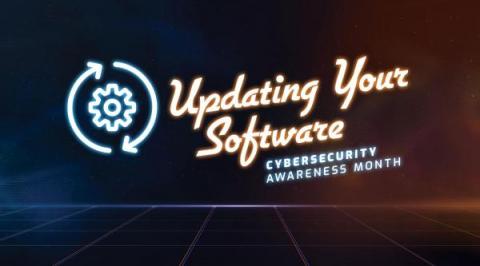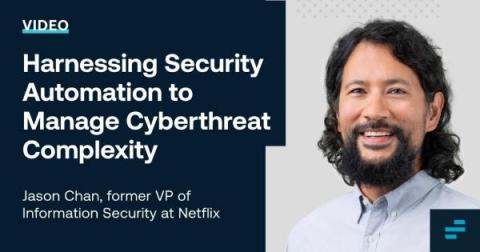Managed Detection and Response (MDR) Buyer's Guide
All organizations should have access to the skills needed to detect and contain threats. But, typically, only the very largest enterprises can afford the millions in annual staff and infrastructure investments required to maintain a Security Operations Center (SOC).











